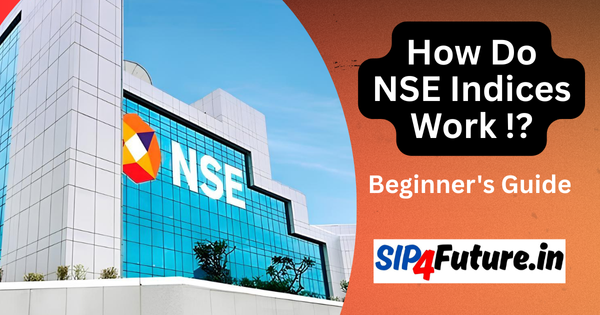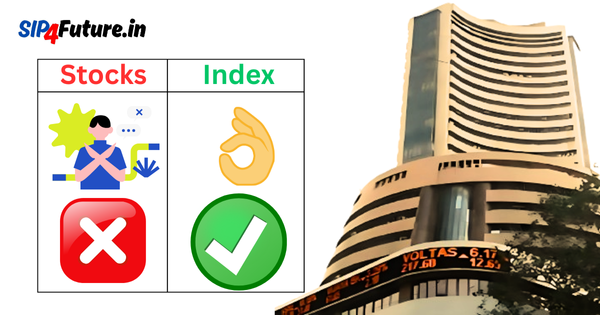The Indian stock market witnessed a significant movement in Swiggy’s share price, which plummeted by 5.93% to ₹301.30 on the National Stock Exchange (NSE) as of May 12, 2025. This decline followed the expiration of the six-month IPO lock-in period, unlocking 189.8 crore shares valued at approximately ₹6,130 crore for trading. The sudden availability of such a substantial volume of shares intensified selling pressure, contributing to the negative sentiment surrounding Swiggy’s stock. This article delves into the factors driving the Swiggy share price decline, its implications for investors, and the broader market context, while also exploring sectoral influences, government policies, and global market trends impacting the stock.
The Lock-in Period Expiration Effect
The expiration of Swiggy’s IPO lock-in period on May 12, 2025, marked a pivotal moment for the stock. During the lock-in period, major shareholders, including promoters and early investors, are restricted from selling their shares to stabilize the stock post-IPO. Once this period ended, 85% of Swiggy’s shares became tradable, flooding the market with ₹6,130 crore worth of stock. This led to a sharp 5% drop in the Swiggy share price, which opened at ₹305, a 21.79% decline from its IPO price of ₹390, as reported by Moneycontrol.
Such volatility is not uncommon in newly listed companies, particularly in competitive sectors like food delivery, where market dynamics are fluid. The influx of shares often triggers selling by early investors looking to realize gains, putting downward pressure on the stock.
Competitive Pressures in the Food Delivery Sector
Swiggy operates in India’s highly competitive food delivery and quick-commerce market, alongside rivals like Zomato and Zepto. The sector has faced challenges, including high operational costs, customer acquisition expenses, and thin profit margins. According to a report by Redseer Consulting, India’s online food delivery market is projected to grow at a CAGR of 18% through 2030, but profitability remains elusive for many players. Swiggy’s aggressive expansion into quick-commerce through its Instamart platform has increased cash burn, raising concerns among investors about long-term sustainability.
| Factor | Impact on Swiggy Share Price |
|---|---|
| Lock-in Period Expiration | Increased supply of shares, leading to selling pressure |
| High Competition | Margin pressure and investor skepticism |
| Operational Costs | Higher cash burn impacting profitability perceptions |
How Are Sectoral Trends Shaping Swiggy’s Performance?
The Food Delivery and Quick-Commerce Boom
The food delivery sector in India has seen explosive growth, driven by rising smartphone penetration, urbanization, and changing consumer preferences. However, this growth comes with challenges. Swiggy’s pivot to quick-commerce, competing with players like Blinkit and Zepto, has intensified capital expenditure. While quick-commerce offers high growth potential, it demands significant investment in logistics, warehousing, and technology, which has weighed on Swiggy’s financials.
Additionally, inflationary pressures and rising fuel costs have increased delivery expenses, squeezing margins further. These sectoral headwinds have contributed to the negative sentiment surrounding the Swiggy share price, as investors question the company’s ability to balance growth and profitability.
Government Policies Impacting the Sector
Government regulations play a critical role in shaping the food delivery landscape. In 2024, the Indian government introduced stricter guidelines for e-commerce platforms, emphasizing fair trade practices and consumer protection, as outlined by the Ministry of Consumer Affairs. These regulations require platforms like Swiggy to ensure transparent pricing and fair treatment of restaurant partners, potentially increasing compliance costs.
Moreover, labor policies affecting gig workers, such as mandatory insurance and minimum wage discussions, could raise operational expenses. While these measures aim to protect workers, they may further strain Swiggy’s profitability, indirectly impacting its share price.
What Does the Global Market Say About Swiggy’s Stock?
Global Tech and Consumer Stocks Under Pressure
The global market scenario in 2025 has been challenging for technology and consumer-focused stocks, with rising interest rates and inflationary pressures affecting valuations. In the U.S., tech-heavy indices like the NASDAQ have faced volatility, impacting investor sentiment toward growth-oriented companies like Swiggy. According to Bloomberg, global food delivery stocks, including DoorDash and Deliveroo, have also experienced downward pressure due to concerns over consumer spending amid economic uncertainty.
Swiggy’s share price decline aligns with these broader trends, as investors adopt a cautious approach toward high-growth, low-profitability companies. The company’s reliance on external funding and its high valuation at IPO have made it particularly sensitive to global market fluctuations.
Currency and Macroeconomic Factors
India’s rupee has faced depreciation pressures in 2025, driven by global economic uncertainties and capital outflows, as noted by the Reserve Bank of India. A weaker rupee increases the cost of imported technology and services, which Swiggy relies on for its platform and logistics. This macroeconomic factor adds another layer of complexity to the company’s financial outlook, contributing to the negative sentiment around its share price.
When Should Investors Consider Swiggy’s Stock?
Short-Term Volatility vs. Long-Term Potential
The immediate outlook for Swiggy’s share price remains volatile due to the lock-in period expiration and sectoral challenges. However, the company’s strong brand, expansive delivery network, and growing quick-commerce segment offer long-term potential. Investors with a high risk tolerance may find opportunities in Swiggy’s stock during price dips, particularly if the company demonstrates progress toward profitability.
| Investment Horizon | Considerations |
|---|---|
| Short-Term (0-6 months) | High volatility due to lock-in expiration and competition |
| Long-Term (1-3 years) | Potential growth in quick-commerce and market share |
Key Metrics to Monitor
Investors should closely track Swiggy’s quarterly earnings, focusing on metrics like revenue growth, order volumes, and EBITDA margins. Additionally, updates on government regulations and competitive dynamics will be crucial in assessing the stock’s trajectory. Platforms like BSE India and NSE provide real-time data to aid investment decisions.
Future Targets and Historical Performance
Analyst Price Targets
Research firms have issued varied price targets for Swiggy’s stock, reflecting differing views on its growth prospects. Below is a summary of targets as of May 2025, based on data from credible sources:
| Research Firm | Target Price (₹) | Outlook |
|---|---|---|
| Goldman Sachs | 320 | Neutral |
| Morgan Stanley | 350 | Overweight |
| JM Financial | 290 | Underweight |
These targets suggest a cautious optimism, with potential upside from the current price of ₹301.30, but investors should weigh the risks of sectoral and macroeconomic challenges.
Historical Returns
Since its IPO in November 2024, Swiggy’s stock has experienced significant volatility. The table below outlines its performance:
| Period | Return (%) |
|---|---|
| Post-IPO to May 2025 | -21.79% |
| 3-Month Return | -10.15% |
| 1-Month Return | -5.93% |
The negative returns highlight the challenges Swiggy has faced in maintaining investor confidence post-IPO. However, its long-term growth in the food delivery and quick-commerce markets could drive recovery if operational efficiencies improve.
Conclusion
The 5.93% decline in Swiggy’s share price to ₹301.30 on May 12, 2025, underscores the challenges faced by newly public companies in competitive sectors. The expiration of the IPO lock-in period, coupled with sectoral headwinds and global market pressures, has fueled negative sentiment. However, Swiggy’s strong market position and growth potential in quick-commerce offer hope for long-term investors. By monitoring key metrics and staying informed about regulatory and competitive developments, investors can make informed decisions about Swiggy’s stock.
Disclaimer: The information provided in this article is for educational purposes only and should not be considered financial advice. Investing in stocks involves risks, and individuals should conduct their own research or consult a financial advisor before making investment decisions.




